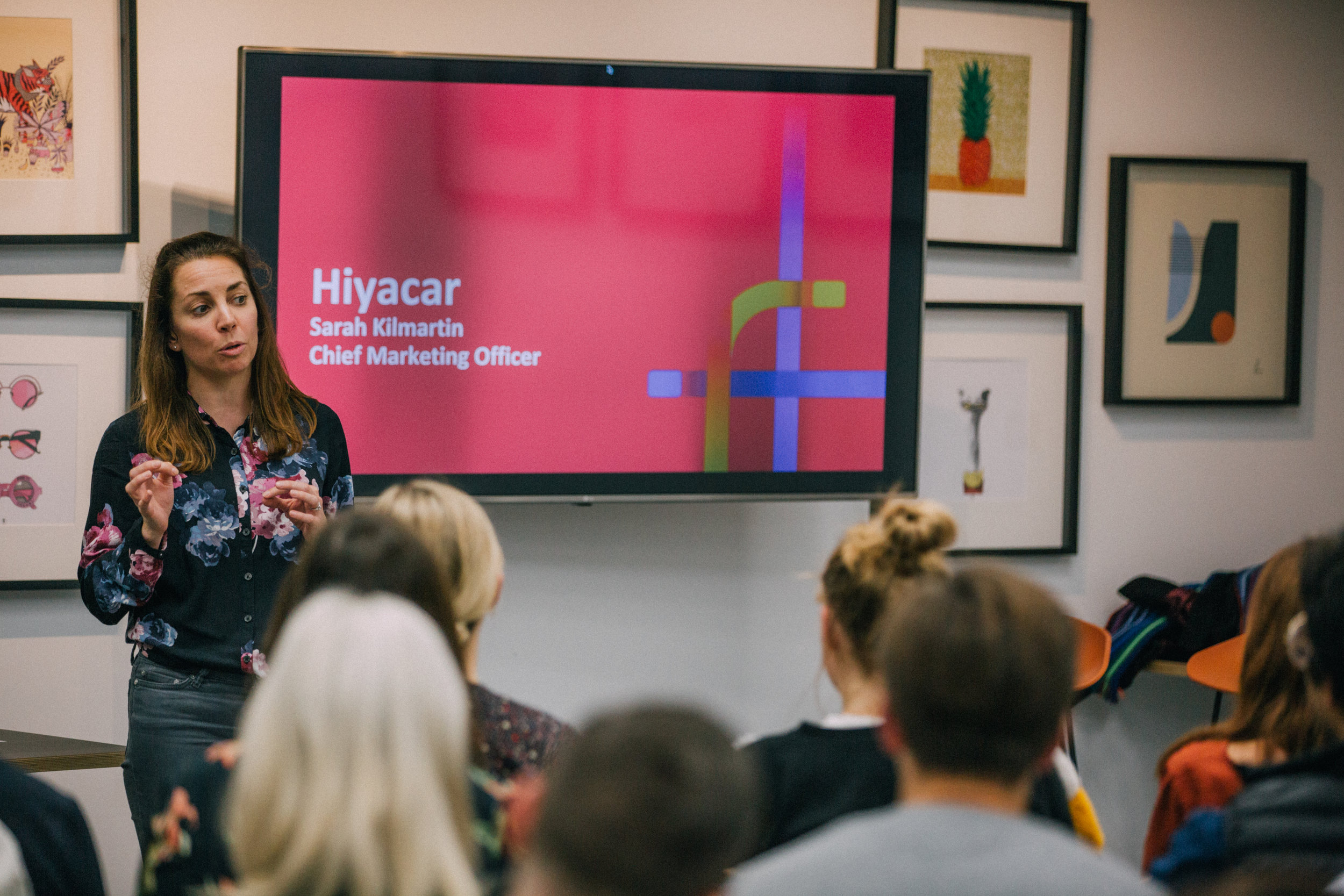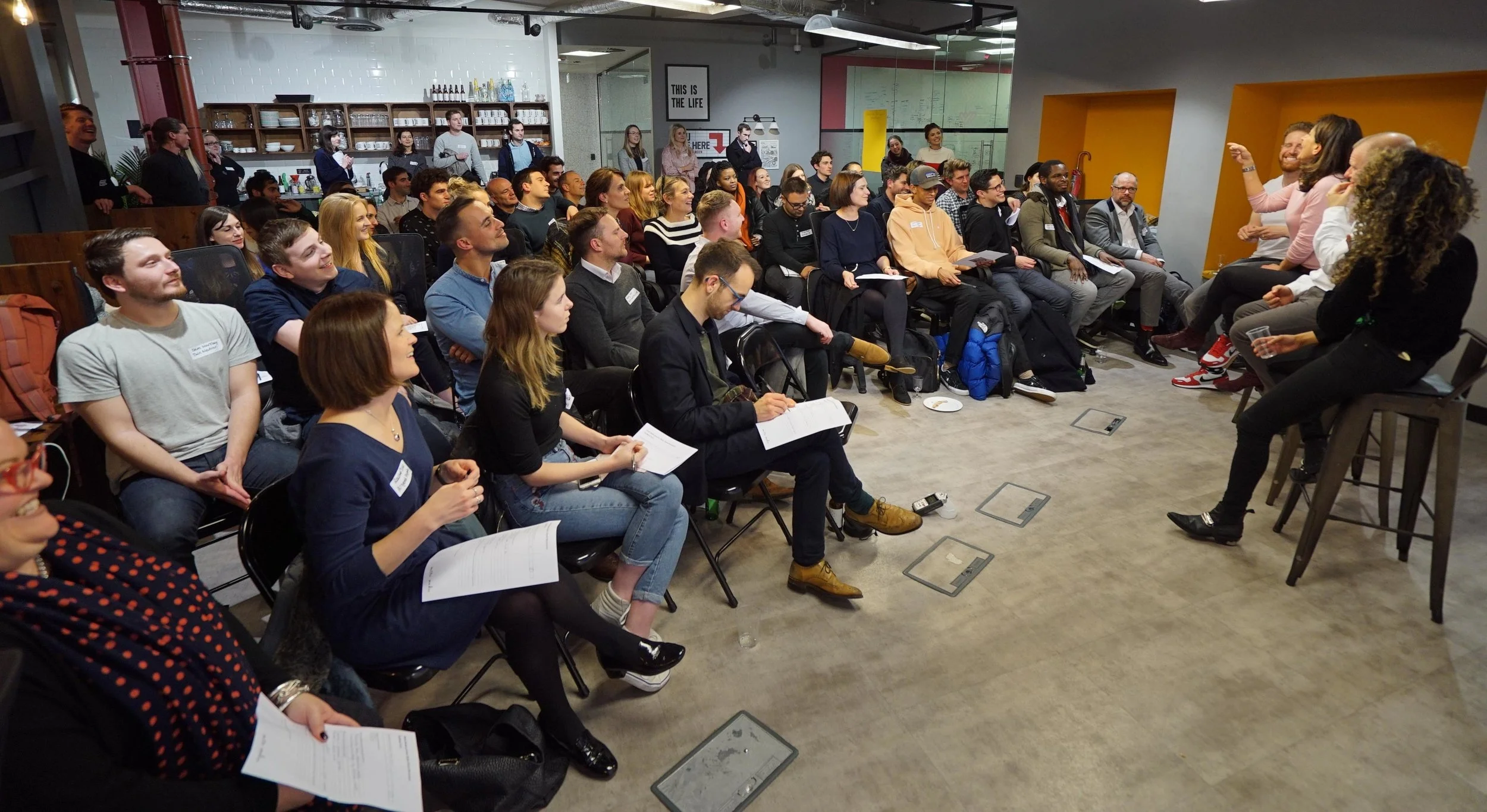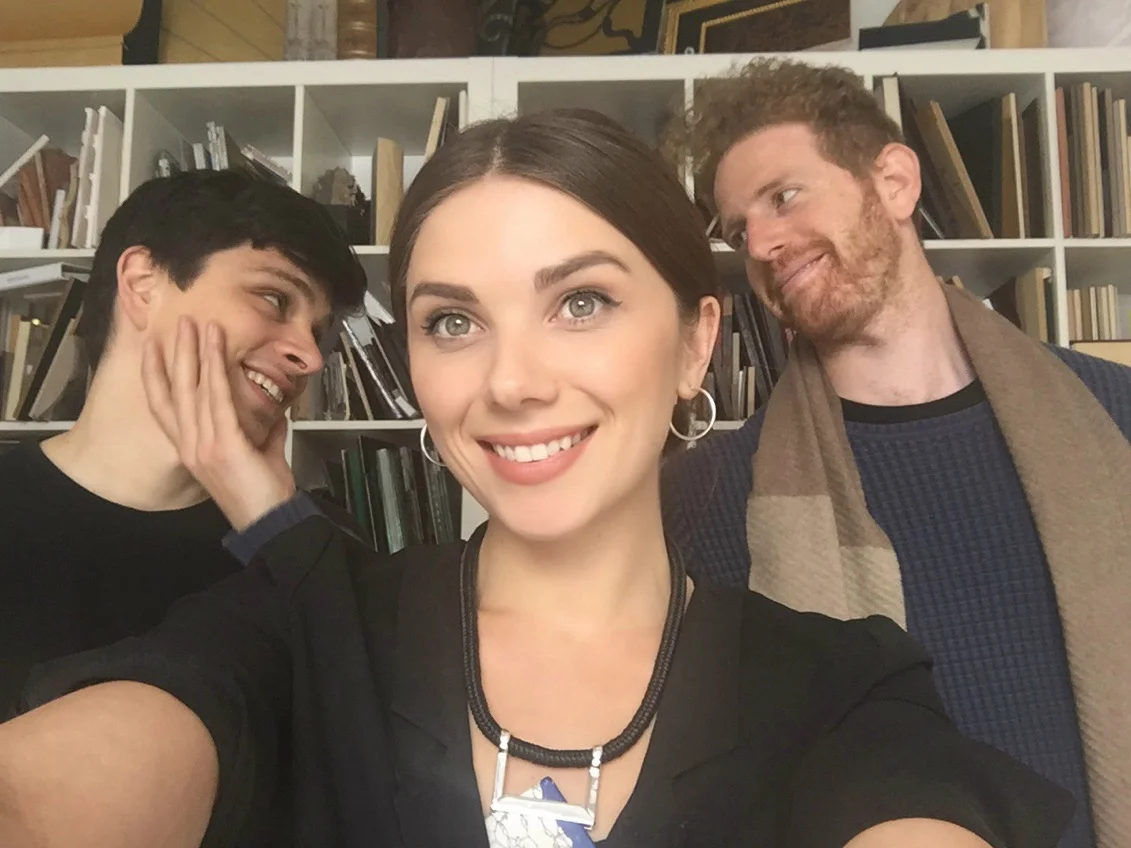The trajectory of a high growth business can be a rocky mountain to climb and the way you approach your brand communications will dramatically change dependent on where you are on your journey. Most of you would have spent the early years finessing your product and building a faithful community that believe in you; possibly creating a brand in the process. In the space of a short time though, your business has potentially gone through a couple of big funding rounds, you now have a board of directors and shareholders to appease and you’ve transformed yourselves from a team of 5 people to 50 overnight.
The pressure to grow your customer base will ultimately follow, so the inevitable question you and your senior marketing team will face is: when’s the right time to launch our big brand campaign?
What happens if we don’t want to do anything for another 6-12months?
With new funding onboard, most companies we work with spend the first six to twelve months recruiting best-in-class talent, improving their product and focusing on customer retention. However, your marketing team will be worried that the business is focusing too much on the product and ignoring the importance of building the brand, which will be just as detrimental to long-term growth if dismissed for too long.
From our experience, there is an easy fix during this period of your journey without breaking the bank … a staff engagement film. Nothing galvanises a team better than seeing the story of their company and nothing is more impactful to your business than when your team is willing to share these films on your behalf. Documenting your journey and team is fantastic for building culture, it’s great for recruitment purposes and in a world where people crave ‘authenticity’ from the brands they choose to align themselves with, creating a film that celebrates who you are goes a long way with your customers too… just look at one of the worlds fastest growing company, Harry’s, whose first ever TV campaign was essentially an internal comms film on steroids.
Oh and finally, unless you are 100% confident that the agency partner you want to work with will smash your eventual big brand campaign, this is a cost effective ‘tester’ to ensure you guys work well together.
What do we do if we need to create our big brand film NOW?
For some of you, the product is in place, the comms strategy has been agreed to, provisional budgets have been signed off so you’re ready to hit the go button on the big brand campaign. However, unless you have enough quality in house, the key to success is going to depend heavily on the agency partner you choose to help you create it.
We all know this is what you’re really thinking…
Finding the right partner will be a mix of chemistry, experience and of course whether they can work within the budgetary limits you have. However, from what our clients tell us, it ultimately boils down to the value your partner can provide beyond the executional expertise you require of them. So who do you choose?
Whilst there are TONNES of options out there, we feel it breaks down into 3 key options:
OPTION A: Well, your easiest choice is to stick with what you know, an existing partner whose worked with you in the past that you know, like and trust. The question then really becomes whether they have the expertise to be more than your content creator, instead a strategic partner who can help you really maximise the value and effectiveness of your campaign/s. If they can, happy days. However we’ve often won a client because their current partner just couldn’t produce a high enough level of quality work, didn’t really pay attention to the media platforms you’re considering putting the content on or leverage how it fits into the wider content strategy.
OPTION B: The other end of the spectrum would be going to a more prestigious/traditional agency. They should be able to help you with much more than just ‘executing’ your ideas (frankly if they can’t, then you should run a mile!). However, we’ve often spoken to prospects who’ve gone down this road and not only felt like they’ve been handed a more traditional creative strategy but also felt like a small fish in a big pond with these kinds of agencies. They no doubt have talent and a host of brands and awards to back them up, but it sometimes feels like they ignore the bigger picture, overcharge at any given opportunity and ultimately don’t appreciate how important this project is for the client, because it isn’t a huge priority for them.
OPTION C: The final option (obviously the best!) is working with content partners like us. A small core team, with proven experience in creating multi-media campaigns/strategies and a network of partners to call upon only when they’re needed. You certainly don’t get the ‘man power’ or prestige of the big agencies, but you’re working with people who understand what it means to grow a business from scratch and thrive off long-term relationships, so will want to maximise value (and make your budgets work as hard as possible) wherever possible.
How can we extract the most value from the campaign?
Just the other day we had a prospect talking about film content saying, “I just need sh*t to populate the website” and because most high growth businesses are working off of 12 month runways, retainer based agency models are shied away from.
However, there are alternative ways to take advantage of the relationship with your agency partner to creates longevity from the work you do together.
One key way to do this is is to maximise time on set by banking assets and creating additional content that you could use in the future. We did this to great effect for Airportr, who are all still using our brand film, testimonials and how to content that were all captured from the very same shoot:
We shot this on the same set as the main Airportr ad, ensuring the client had as much quaity content for each state of the user journey.
Taking this kind of mentality one step further, another great way to work with your content partner (without requiring retainer based fees) is where you aren’t just using them on a project by project basis. Instead, you work together to map out your total annual film content budgets and prioritise campaigns accordingly. Having this kind of relationship enables you to look at your film content plans much more holistically (with people that know what your ideas will actually cost) , ultimately maximising budgets more effectively. And from experience working this way with brands like Lovecrafts, it means your content partner is far more integrated with your overall business so can make suggestions based on things that are happening further down the line and ultimately impacting your bottom line.
Finally
Launching your big brand campaigns can be exciting but no doubt daunting tasks. If you want to feel confident you have all the tools at your disposal, why not join us for our next video content workshop for high-growth businesses, where we’ll cover:
How to write a bulletproof brief
How to make your content work harder for you
How to budget properly
Get your tickets HERE and hope to see you there!


















































